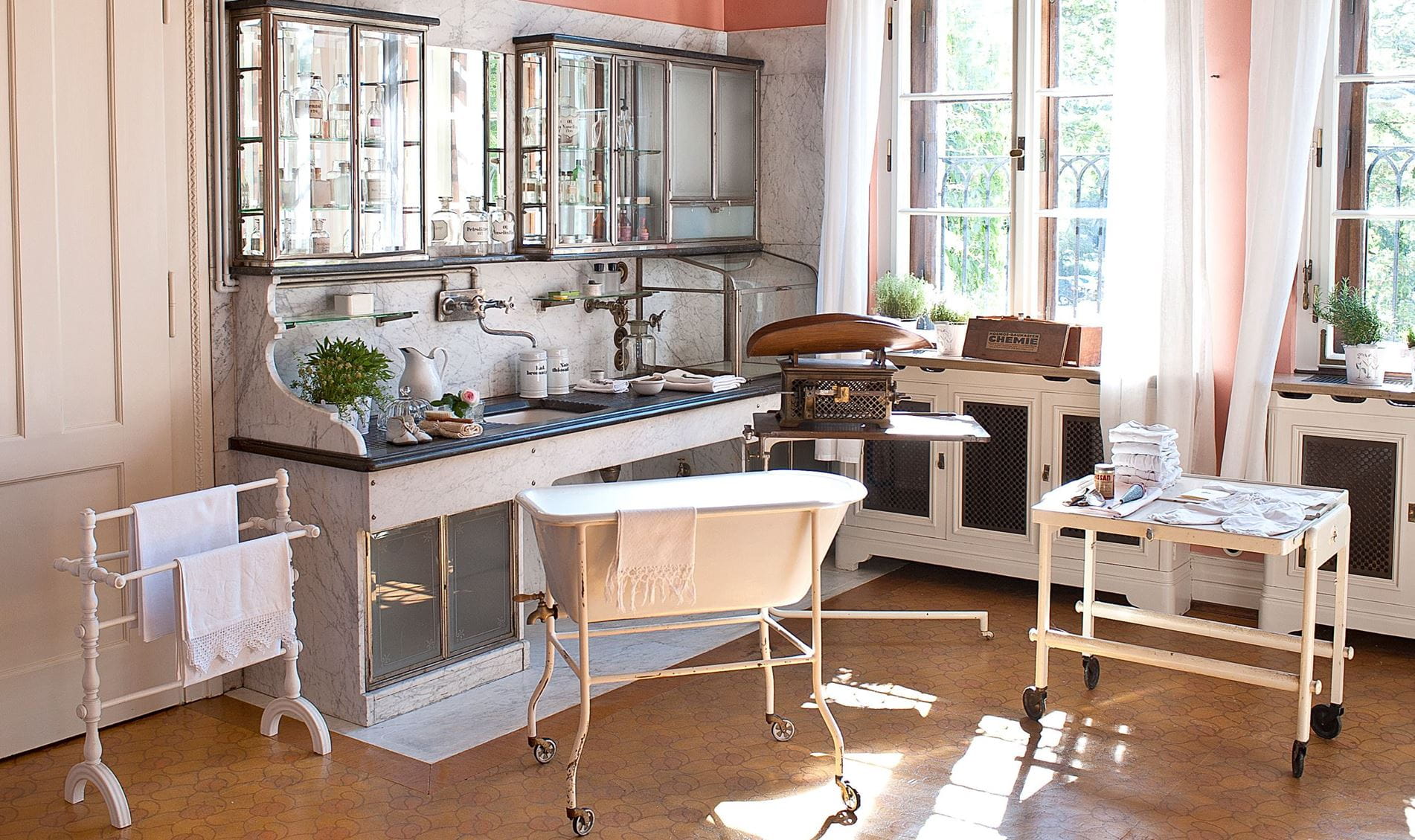Book your tour

A wedding
In 1898, Baron Wilhelm von Faber’s eldest daughter Ottilie (1877−1944) married Count Alexander zu Castell-Rüdenhausen, a member of one of Germany’s oldest aristocratic families. But the will of her grandfather Lothar von Faber had stipulated that whichever of his descendents succeeded to his estate should carry on not just the company name but also the family name Faber. And so, by consent of Prince Regent Luitpold, the new line of Counts von Faber-Castell came about.
After the death of Lothar’s widow Ottilie in 1903, the business passed to their granddaughter Ottilie and her husband Alexander. In the same year, Count Alexander had a “castle of considerable extent” built in the grounds next to the production site in Stein, adjacent to the smaller Old Castle that had been built by Lothar von Faber. The New Castle was ready for occupancy in 1906.
After the death of Lothar’s widow Ottilie in 1903, the business passed to their granddaughter Ottilie and her husband Alexander. In the same year, Count Alexander had a “castle of considerable extent” built in the grounds next to the production site in Stein, adjacent to the smaller Old Castle that had been built by Lothar von Faber. The New Castle was ready for occupancy in 1906.

A new castle was build
The large Neues Schloss (New Castle) was constructed in just three years (1903-06) under the supervision of Theodor von Kramer, head of the Bavarian planning department and director of the trade museum. The castles, the conservatory, the chapel and cloister are grouped round a rectangular courtyard. The bell tower - symbol of the town of Stein - links the two castles. The playfully romantic east front gives onto a terrace with a view of the park and the elegant villa that was built for Lothar's son Wilhelm von Faber in 1884. The oriel windows, towers and masonry of the Neues Schloss are reminiscent of a bold mediaeval castle - appropriate to the name Castell, a family whose roots go back to the 11th century.

The interior
The three floors of the castle provide a fascinating contrast between historicism and art nouveau. Several rooms, of great interest to art historians, were designed by Bruno Paul, a well known interior designer of the day. Other rooms are like a historical pageant, an interpretation of various past styles. There is a reception room in French classical style, renaissance libraries, a large entrance hall containing typical romanesque elements, a ballroom with gothic, renaissance, baroque and art nouveau details. The ladies and gentlemen's bathrooms are also unusual, each with sunken marble baths in fine art nouveau style. The top floor houses the large festive hall where numerous balls and receptions were held for guests drawn from the nobility and the world of politics and business.












